Video: .mp4 (1280×720) | Audio: AAC, 44100 kHz, 2ch | Size: 5.10 Gb | Materials: PDF
Genre: eLearning Video | Duration: 15h 36m | Language: English
Create Musical Compositions With Your Computer. Learn the tools and techniques to create professional sounding music.
The Technology of Music Production
With the recent introduction of high-quality-low-cost software and hardware, the tools of music production are now available to the masses. Albums are made in bedrooms as well as studios. On the surface this is liberating. Anyone can make an album for the low cost of a couple pieces of gear and a software package. But, if you dig deeper, you will find that it is not so easy. Producing music requires knowledge, dedication, and creativity. Knowledge is where this course comes in. No matter what kind of music you are making, there is a large set of tools that you will need to use. Each lesson of this course will demonstrate a different set of music production tools, loosely following along the music production process of recording, editing, and mixing. We will start with some background on the nature of sound and how we perceive it. We will then examine the components necessary to record audio into a computer, so that you understand the devices that sound must travel through in a music production process. Once recorded, sound must be organized along a timeline, a process known as editing. It allows us to give the impression of perfect performances and create many of the sounds we hear in contemporary music. The contemporary editing tool is the Digital Audio Workstation (DAW), a piece of software that stores and organizes all the assets of a musical project. We will focus on the editing tools that are essential in contemporary music production and that all DAWs provide. After editing, sounds must be combined or mixed together, so we look to the mixing board-a very creative place if you know how to use it. We will explore the basic functionality of both hardware and software mixing boards, including volume, pan, mute, solo, busses, inserts, sends, and submixes. The mixing process, however, includes more tools than the mixing board provides on its own. Sound must also be processed, modified from its recorded state to fit the context of the music. We will look at compression, equalization, and delay, and examine the many audio effects that are offshoots of these devices and how they are used in a musical context. In the end, the music production process relies on your creativity. Creativity is a product of the mind and will stay there, unexpressed, until the right tools are used in the right way to share it with the world. If you have an idea in your head, it will take numerous steps, each with an important tool, to reach your audience. You bring the dedication and creativity, and this course will bring you the knowledge to make that happen.
Introduction to Ableton Live
In the past, Digital Audio Workstations (DAWs) were programs used only by audio engineers with a highly specific knowledge base, on machines inaccessible to most people. But over the past 10-15 years, DAWs and the act of recording music have evolved from being a luxury of the few to being available to the masses. Ableton Live is one such application. Used by an extremely broad range of music creators, Ableton Live not only facilitates the work of engineers, producers, and writers in professional, home, and mobile studio settings, but it is also a powerful platform for musicians on stage, in the DJ booth, and elsewhere. In this Ableton Certified Training Center course developed by Berklee Online, you will explore some of Live’s most powerful and useful functionality: MIDI programming, audio recording, warping and processing, looping editing, mixing, performing, file management, and troubleshooting. Meant to be a springboard for those who are new to Ableton Live and/or DAWs in general, this three-week course will provide you with a strong knowledge base for using Live to take your musical ideas from conception to final recording. The course breaks down the many barriers of entry into music technology and encourages all those who wish, to create fearlessly. Note: If you do not own Ableton Live 10, you can download the free, fully featured Ableton Live Trial. The trial version will allow you to save and export your work for 30 days. If you use the trial version, do not download it until the course is scheduled to begin.
Creating Sounds for Electronic Music
In this project-centered course*, you will create sounds and use them in your own musical compositions. Whether you’re an aspiring producer, composer, or hobbyist, this course will help you gain skills in music production and confidence using software synthesizers. Along with your classmates, you will create a massive database of designed sounds, or patches, to use in your compositions. As part of the course, you will work with a free version of FXpansion Strobe 2. What you’ll need to get started: This course is designed for learners who are familiar with music production basics, and who have access to some basic music production equipment. Specifically, you should have experience with a digital audio workstation that supports VST, AAX, or AU plugins (Introduction to Music Production or Pro Tools Basics are recommended if you do not have this experience). You will also need a MIDI keyboard or controller (such as an oxygen 8), a digital audio workstation, such as Pro Tools, and FXpansion Strobe 2 (a free 90-day demo will be provided for Coursera learners in this course). *About Project-Centered Courses: This is a ‘project-centered course’, which means it is designed specifically to help you complete a personally meaningful real-world project, with your instructor and a community of learners with similar goals providing guidance and suggestions along the way. By actively applying new concepts as you learn, you’ll master the course content more efficiently; you’ll also get a head start on using the skills you gain to make positive changes in your life and career. When you complete the course, you’ll have a finished project that you’ll be proud to use and share.
Electronic Music Performance Techniques
From the Moog analog synthesizers in the 1960s to the contemporary usage of computers, performance controllers, and mobile devices, Electronic Digital Instruments (EDIs) have long been capable of offering artists a new range of musical expression. In this one-of-a-kind course, you’ll learn the essential skills you need to perform on an EDI.
Your instructor is EDI musician and Berklee College of Music’s Electronic Production and Design professor Rishabh Rajan. He will take you through the basics of EDI performance and give you pointers on how to build an arrangement on your EDI. Whether you have just ordered your first pad-controller or have already been experimenting with electronic music, this class will teach you the basics of performing and arranging on the EDI. You will start by learning how to build drum beats and read drum notation. Then you will create bass lines and harmonic accompaniment. Finally, you will learn how to live loop all of these elements and perform an arrangement for a live audience.
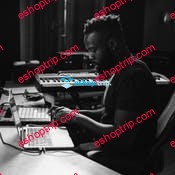




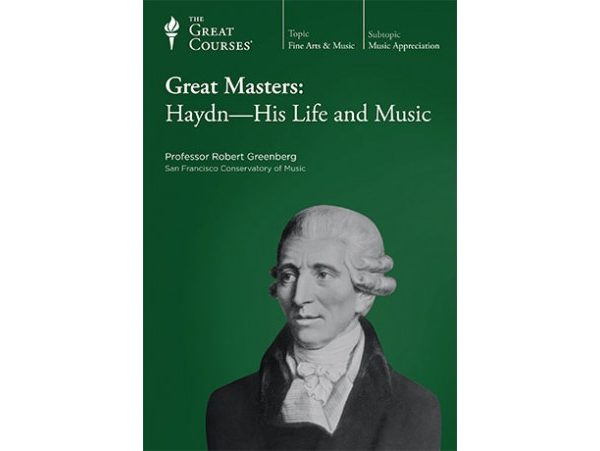

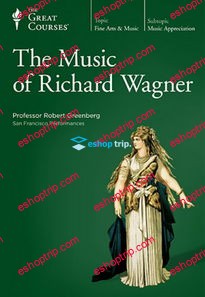
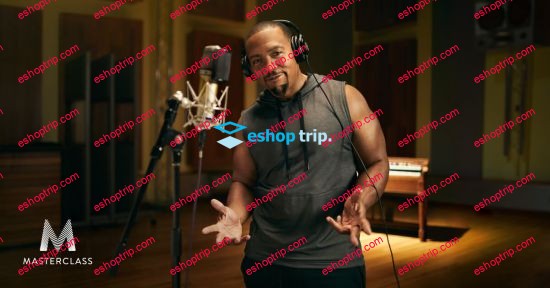
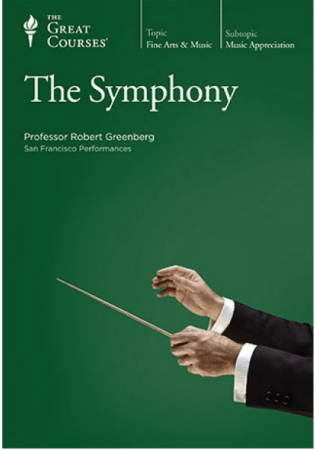

Reviews
There are no reviews yet.